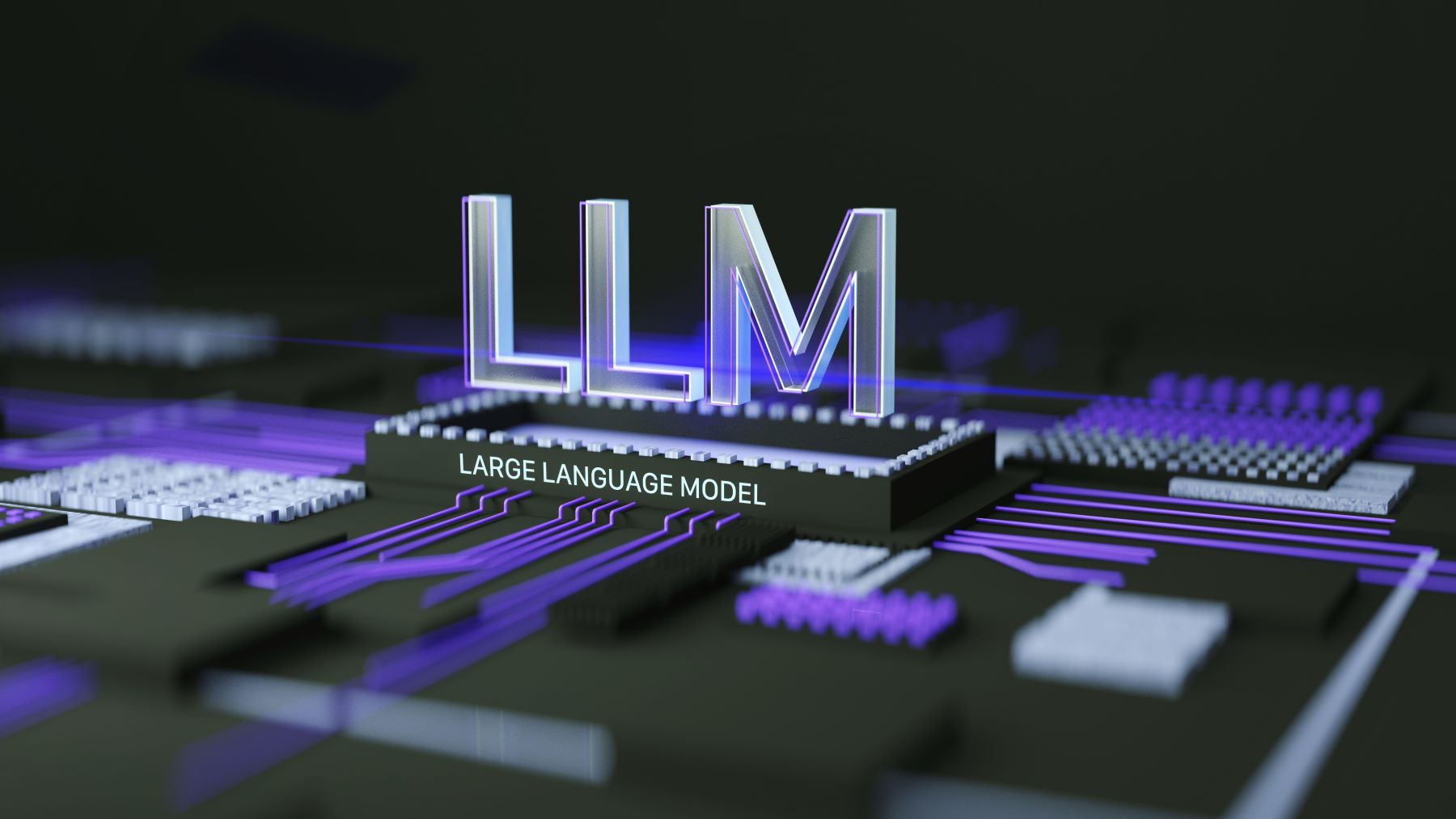What Are LLMs (Large Language Models) and How Are They Changing Technology?

Artificial intelligence (AI) is everywhere now — from apps on your phone to websites you visit daily. A big part of this change comes from something called Large Language Models, or LLMs. You might have heard of ChatGPT or Grammarly — those are powered by LLMs. But what exactly are these models, how do they even work, and why is everyone talking about them? Let’s break it down in a way that’s not super technical, but still deep enough to actually understand.
A Large Language Model is basically a computer program trained to understand and create human-like text. Imagine reading millions of books, articles, websites, and conversations — that’s what an LLM “reads” during its training. After going through all that information, it gets really good at predicting what words or sentences come next. It doesn’t actually “think” or “understand” like a human. Instead, it spots patterns in language and uses them to generate text that sounds natural. Think about it like a student who memorizes the entire library. They might not truly understand every book, but they can still write essays or answer questions based on what they read. That’s pretty much how LLMs work.
Some popular ones you might know are ChatGPT by OpenAI, Google’s Gemini, Anthropic’s Claude, Meta’s Llama, and Mistral. They all do the same basic thing — read a ton, learn patterns, and write stuff that sounds like it came from a person. Behind all the cool stuff LLMs can do is a system called “transformer architecture.” That sounds complicated, but it basically just means that the model can look at different parts of a sentence and figure out how they relate. Training an LLM takes insane amounts of data and computing power. The model plays a game where it tries to guess the next word in a sentence over and over again — billions of times. Eventually, it gets so good that it can write entire paragraphs, poems, stories, or even computer code without sounding robotic.
How LLMs Work and Show Up in Real Life
You’ve probably used LLMs without even knowing it. Customer service chatbots? Yep, often powered by LLMs. Tools like Jasper AI and Grammarly that help you write better? Also LLMs. GitHub Copilot that helps coders by suggesting lines of code? That’s an LLM doing its thing. Even translators like DeepL or Google Translate are way better now thanks to these models. And in education, apps are starting to use LLMs to create personalized lessons for students based on how they learn best.
These models are everywhere, and they’re making a huge difference already — not just for tech nerds but for regular people too. They help companies respond faster to customers, help students learn quicker, and even help doctors organize medical information better. LLMs are starting to touch every part of life, and honestly, we are only seeing the beginning.
The coolest thing is that LLMs don’t just spit out boring information. They can brainstorm ideas for a story, suggest creative ways to solve a problem, and even debate different sides of an argument. They are turning into tools that boost human creativity instead of just automating boring tasks.
Benefits and Challenges of Using LLMs
There are a lot of reasons why LLMs are a big deal. They make stuff that used to be hard — like writing long essays or coding complicated programs — a lot easier. Instead of spending hours on a report, you can finish it in way less time with a little AI help. If you’re a writer or artist, LLMs can help you brainstorm when you’re stuck. They also personalize everything, adjusting their tone or style based on who’s using them. And maybe the coolest thing? They’re making expert-level skills available to way more people, not just those who went to expensive schools or had tons of training.
But it’s not all perfect. One big issue is that LLMs sometimes “hallucinate” — which means they make stuff up. They might sound confident but be totally wrong. Also, because they learn from human writing, they pick up human biases too. That means they can accidentally reinforce stereotypes or spread misinformation. Plus, people could misuse LLMs to create fake news, scams, or even deepfakes.
There’s also the problem of privacy. If the data used to train these models isn’t handled carefully, sensitive information could leak. On top of that, questions about who owns AI-created work are still being figured out. Solving these problems isn’t easy, but researchers are working hard on it. They are fine-tuning models, using reinforcement learning from human feedback, and building safety nets that try to catch harmful or wrong responses before they reach users.
The Future of LLMs and Why Students Should Care
If you’re a student, you should definitely care about LLMs. Soon, working with AI tools will be as essential as using a laptop or phone. Learning how to ask the right questions (prompt engineering) and double-check AI answers will give you a real advantage, especially as new careers emerge in AI ethics, operations, and tech management. The future of LLMs is moving fast, with smaller, faster models on the way, plus multimodal models that can handle text, images, audio, and video all at once. Specialized LLMs will soon be developed for fields like healthcare, law, and finance, while governments begin to set regulations to ensure AI is safe and ethical.
LLMs aren’t science fiction anymore – they’re here, and they’re only getting bigger. They come with risks and aren’t perfect, but they open up incredible new possibilities for learning, creating, and solving problems. Understanding how they work and where they might fall short isn’t just for computer science majors – it’s for anyone who wants to be ready for the future. Language has always been one of humanity’s strongest tools, and with LLMs, it’s becoming one of technology’s biggest engines for change.